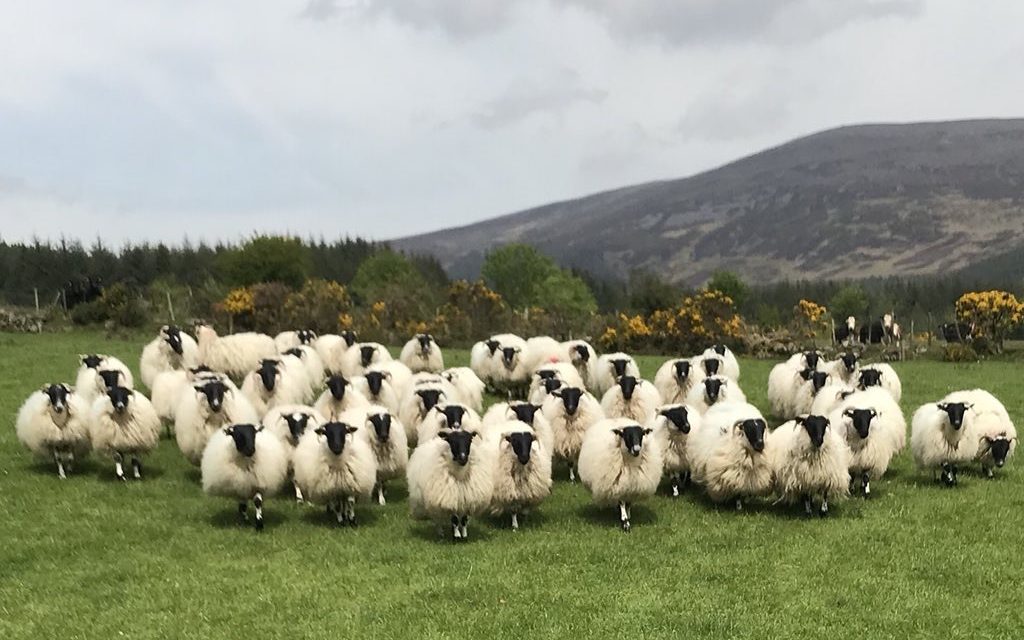



Article by: Hari Yellina
A national initiative aims to determine the most effective supplementary feeding options in order to guarantee lamb survival. Murdoch University is leading a new study to see if additional feeding using self-feeders or trail feeding offers better results for lamb survival. Later in the experiment, more rigorous studies will be done to look into the effects of feeding time and frequency, as well as alternate ways like broadcasting lupins. Meat & Livestock Australia Donor Company, Australian Wool Innovation, Murdoch University, and Charles Sturt University are all partners in the initiative, which also includes Nutrien Ag Solutions and Dynamic Ag Consultancy.
The project is being co-managed by Murdoch University researchers Amy Lockwood and Serina Hancock, and it seeks to collect data from over 35 on-farm study locations across Western Australia, South Australia, Victoria, and NSW. Dr. Lockwood stated that they are presently in the hiring process, looking for producers that are interested in participating. “We’re definitely hoping for some positive results from the initiative, such as providing producers with supplemental feeding suggestions to help them enhance their lamb survival rate,” she said. “We had a lot of producers asking how they should go about supplementary feeding their lambing ewes to optimise lamb survival after we ran a lambing density project a few years ago.” For example, they were often asking when they should feed, how often should they feed, and whether self-feeders or trail feeding offered better results. “That’s how we were able to put together a proposal and secure funding for the project.”
Sites for trials A minimum of 300 single-bearing and 160 twin-bearing ewes are required for the first experiment evaluating the effects of feeding with self-feeders versus trail feeding on lamb survival. At around 140 days after joining, ewes will be assigned to a treatment, which will determine whether they are fed with self-feeders or trail fed. Researchers will collect a variety of data, including some gathered via remote technology, to investigate the effects of supplementary feeding on ewe behaviour. The project began last year and will run for the next two years.
According to Dr. Lockwood, there are currently differing viewpoints in the agricultural community about the best method of supplementary feeding. “Other producers prefer self-feeders because the ewes may come and go as they choose,” she explained. “However, you hear from some producers that the ewes will come up to the feeder and one or both of the twins will lay down, and when the sheep departs, the twins do not follow,” she added. “Other farmers say trail feeding is worse because ewes flock to you when you drive into a paddock with a feeder, which might induce mismothering, especially if the sheep has recently lambed.” “The industry is focused on improving lamb survival, and our research aims to provide producers with an additional technique to increase their marking rates.”